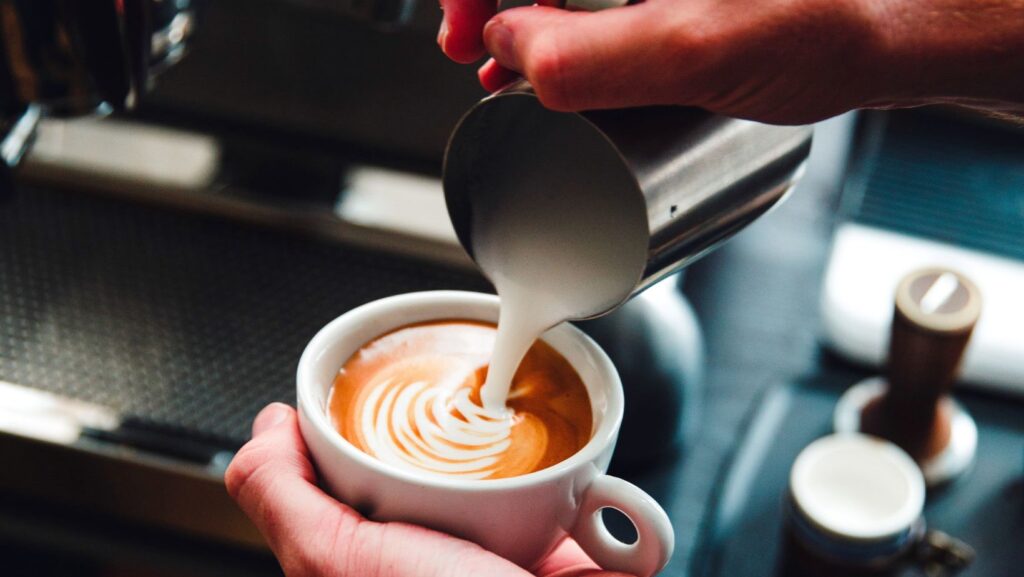Making great coffee at home is more of an art than a science—but that doesn’t mean it’s difficult. With the right equipment and a few simple tweaks to your process, you can enjoy café-quality coffee from the comfort of your kitchen. Whether you’re new to brewing or you’ve been pouring flat whites for years, chances are you’re making at least one of the following common mistakes.
Even with high-end gear like Smeg coffee machines, your results will suffer if the fundamentals aren’t right. From water temperature to grind size, each element matters more than you might think. Let’s take a closer look at what might be going wrong—and how to fix it.
Mistake 1: Using the Wrong Grind Size
Your coffee grind size should match the brewing method you’re using. Too fine and your coffee will be bitter and over-extracted. Too coarse and it’ll be weak and watery. Many home brewers use pre-ground coffee, which isn’t always suitable for every method.
How to fix it:
Invest in a good quality burr grinder and grind your beans fresh each time. Use a finer grind for espresso and a coarser one for French press. If your coffee tastes sour, try going finer. If it’s too bitter, try going coarser.
Mistake 2: Not Measuring Properly
Guesswork might be fine for some recipes, but when it comes to coffee, consistency is key. Too much coffee and you’ll end up with a brew that’s too strong and overpowering. Too little and it’ll be thin and unsatisfying.
How to fix it:
Use a digital kitchen scale to weigh both your coffee and water. A good rule of thumb is a 1:15 to 1:17 coffee-to-water ratio (e.g. 20g of coffee to 300–340ml of water). Once you find your sweet spot, stick to it.
Mistake 3: Using Water That’s Too Hot or Too Cold
Water temperature plays a massive role in extraction. Boiling water can scorch your coffee grounds, while water that’s too cold won’t extract enough flavour, leaving you with a flat, weak brew.
How to fix it:
Aim for water that’s between 90°C and 96°C. If you don’t have a thermometer, boil your kettle and let it sit for 30 seconds before pouring.
Mistake 4: Neglecting Your Equipment
Your coffee gear needs regular cleaning. Old coffee oils and residue build up over time and can make your brew taste bitter or stale. This applies to everything—from your grinder and portafilter to the inside of your machine.
How to fix it:
Clean your equipment weekly using a soft brush and warm water. For espresso machines, run a cleaning cycle or backflush regularly as recommended by the manufacturer. Don’t forget to descale your machine every few months to remove mineral build-up.
Mistake 5: Using Low-Quality Beans
You can’t make great coffee with stale or poor-quality beans. Many supermarket coffees are already weeks or months past peak freshness by the time you open them.
How to fix it:
Buy whole beans from a local roaster or reputable supplier. Look for a roast date on the packaging and aim to use beans within 2–4 weeks of roasting. Store them in an airtight container away from light and moisture.
Mistake 6: Ignoring Brew Time
Every brewing method has an ideal extraction time. Too fast and you’ll under-extract; too slow and you’ll over-extract. Both lead to unbalanced flavour.
How to fix it:
Time your brew. For espresso, aim for 25–30 seconds. For pour-over or Aeropress, 2–4 minutes depending on the method. If you’re out of range, adjust your grind size accordingly.
Mastering coffee at home isn’t about making it complicated—it’s about making small adjustments and paying attention to the details. Once you’ve dialled in your grind, water, timing, and beans, you’ll notice a dramatic difference in every cup. And with the right tools on your bench, like one of the many reliable Smeg coffee machines available, crafting the perfect brew becomes part of your daily ritual.


More Stories
Why Basement Waterproofing in Detroit Is Worth Every Penny
Why Owner Association Management is Critical in Dubai’s Market
Why Real Estate Crowdfunding is Creating a More Efficient Property Market in the UAE